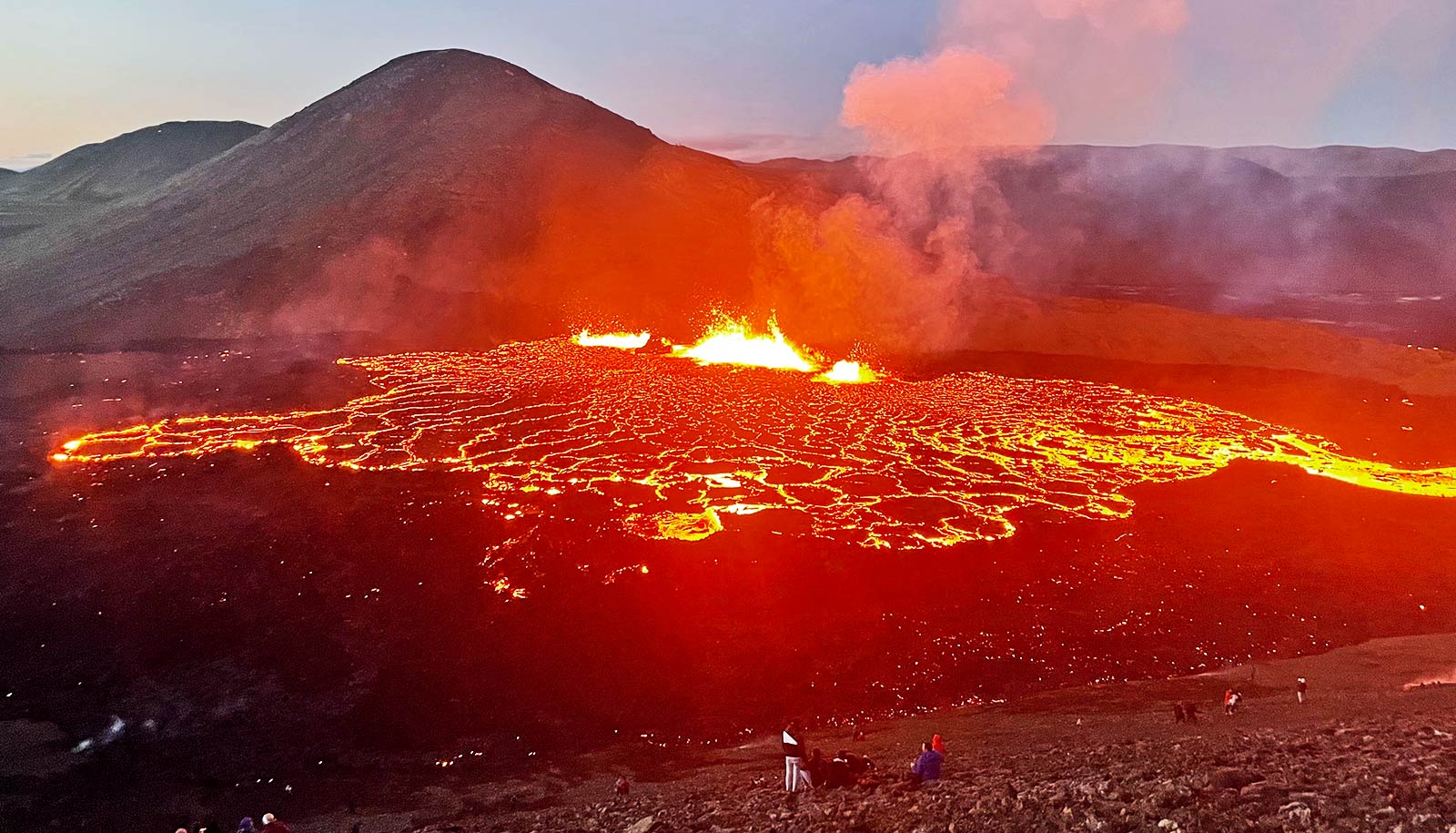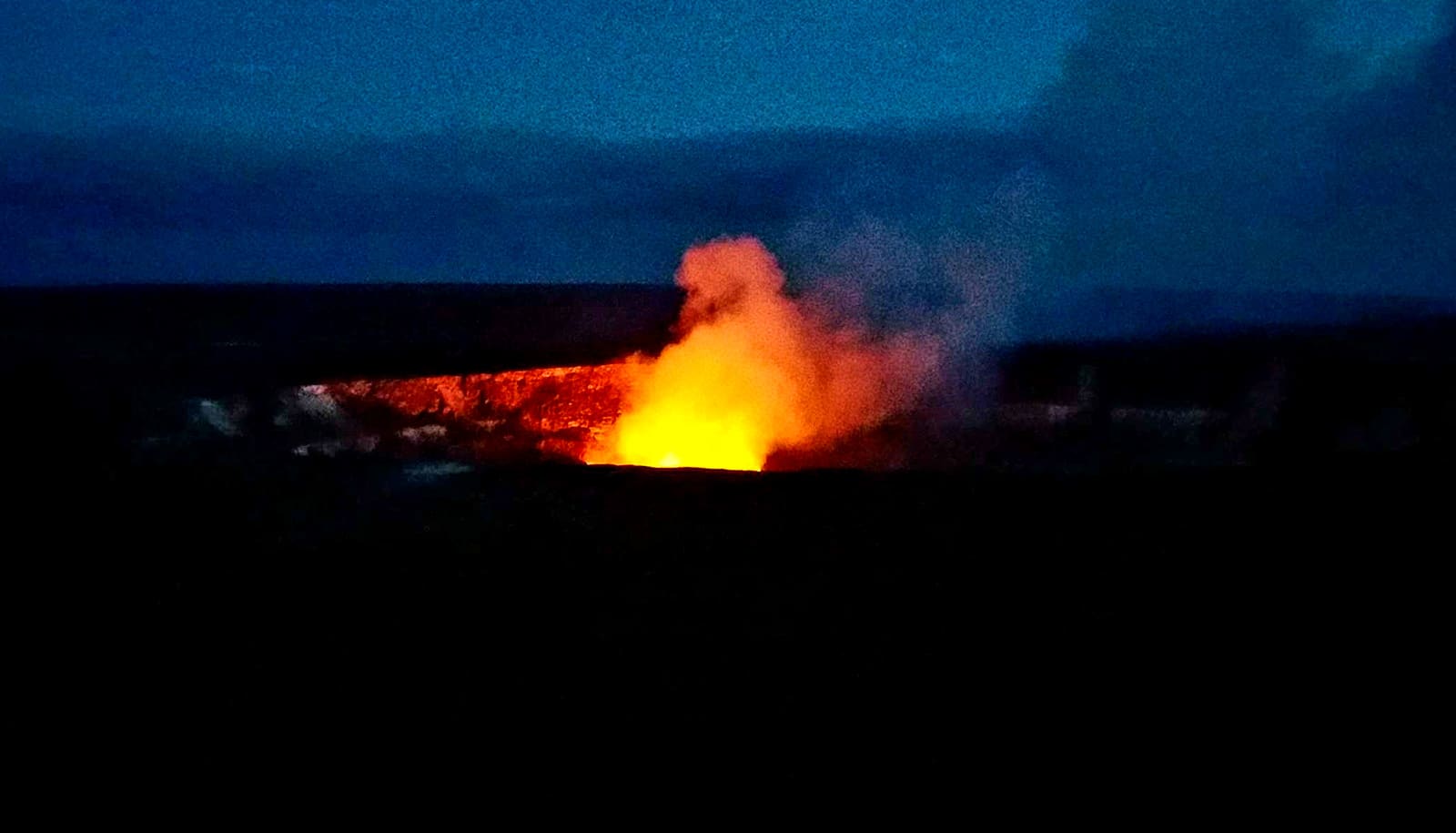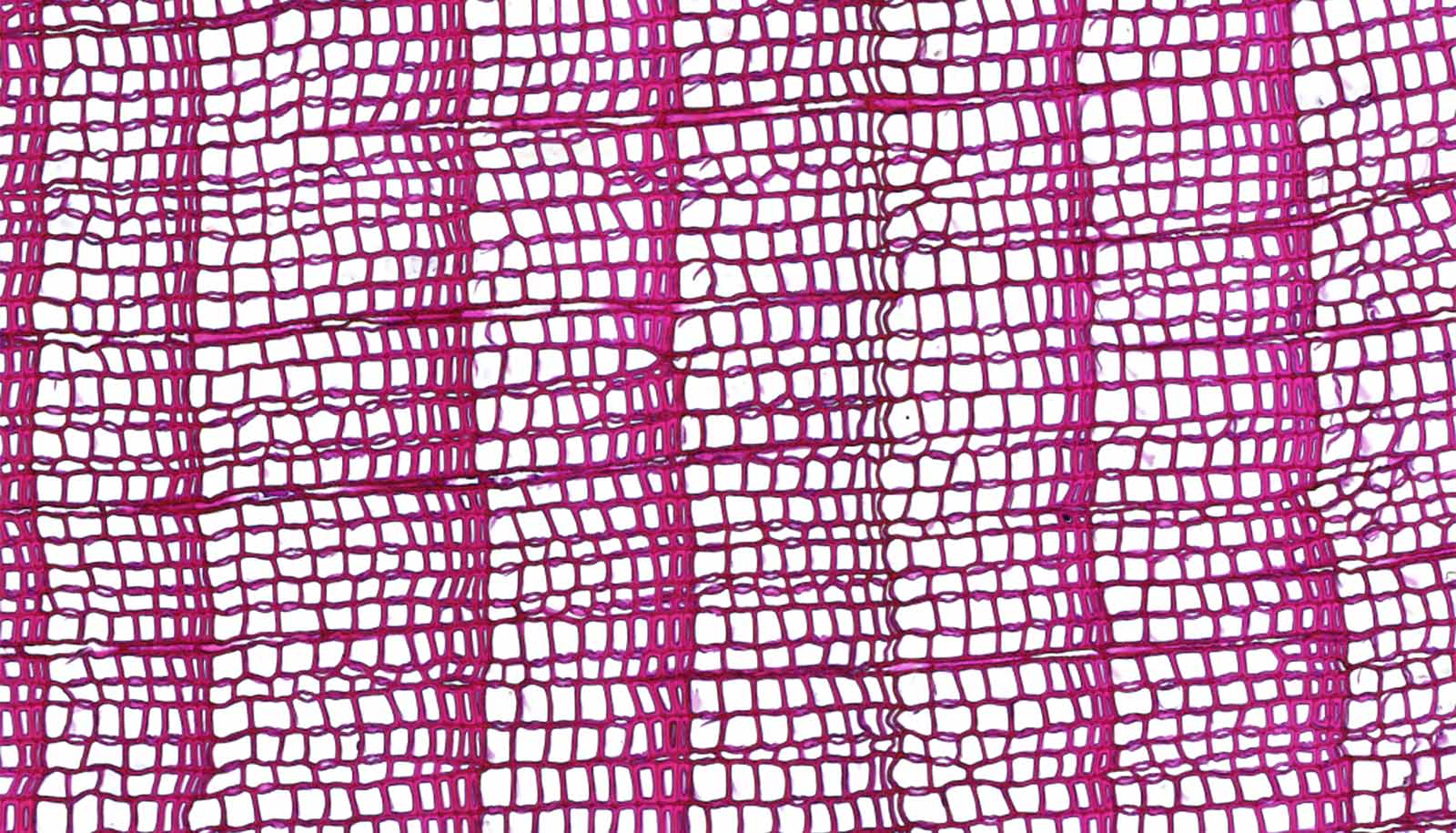The Fagradalsfjall volcano near Reykjavík, Iceland’s capital city, began to erupt August 3.
Visitors have since flocked to witness the dramatic lava flows for themselves.
Known as the “Land of Fire and Ice,” Iceland is no stranger to such eruptions and, fortunately, they tend to be characterized by slow lava flows rather than explosions.
Here, Paul Segall, a geophysicist at Stanford University, explains how the Fagradalsfjall eruption compares to other recent volcanic events and what makes Iceland a “double whammy” for volcanic activity:
What is special about Iceland in terms of its volcanic activity?
Iceland is quite special. It’s sitting on what we call the Mid-Atlantic Ridge, which is the boundary between the North American plate and the Eurasian plate. These two tectonic plates spread apart and magma leaks up in between, and the only two places on Earth where that comes on land are Iceland and East Africa.
But Iceland is unusual in another respect because it’s also a hotspot for volcanic activity. It’s actually above sea level because it has more prodigious volcanic output than in the rest of the Mid-Atlantic Ridge system.
Most experts believe that hotspots are due to upwelling of hot material from quite deep in the mantle, potentially all the way down to the bottom of the mantle. Hawaii and Yellowstone are hotspots too but neither of those is on a plate boundary. So, what makes Iceland, in some sense, unique is that it’s a hotspot sitting on the mid-ocean ridge. It’s like a double whammy.
This volcano erupted just last year. Is it concerning that it’s erupting again?
No, not particularly. Apparently, this area hadn’t been active for something like 800 years but, generally, we expect volcanic activity of the sort that’s occurring now.
This is called “basaltic activity” because the very dramatic red hot, glowing, lava cools into a black rock called basalt. There can be explosive eruptions in Iceland, like the very infamous one that shut down the airspace in Europe for a week or so, but that was a little bit off the main axis of that Mid-Atlantic Ridge and this one is right on it.
Does this mean there’s likely to be more volcanic activity in that area?
It could be the harbinger of more similar kinds of eruptions at that locality. But I would not anticipate an explosive phase.
As an example, the Kīlauea volcano in Hawaii, started erupting in 1983 and erupted until 2018. It amped up into a much more active phase, and caused what we call a caldera collapse, and then shut down for a while and then came back. So the 35 years of activity was not continuous. I’m less familiar with the historical record in the western part of Iceland but I wouldn’t be surprised if the eruption went on for many years, with, possibly, some fits and starts.
Is it safe to visit the volcano?
Yes, as long as people are careful. This is an effusive eruption, which is sort of the opposite of explosive. Effusive eruptions produce lava flows. They’re very dramatic and provide very stark and amazing footage, but the lava moves slowly enough that people can generally walk out of the way. (They can damage property though.) That being said, it’s important to follow whatever guidelines are put in place to keep people safe.
It wasn’t a shock when the eruption began. As with most volcanic eruptions, this one was preceded by earthquake activity. There was also ground swelling as the pressure built up, which is something that my group researches.
An interesting thing about Iceland’s response to volcanoes is that the government has invested, I think quite wisely, into monitoring volcanic activity with many different technologies. This increases safety but, also, with every one of these eruptions, we learn something new.
Source: Stanford University



